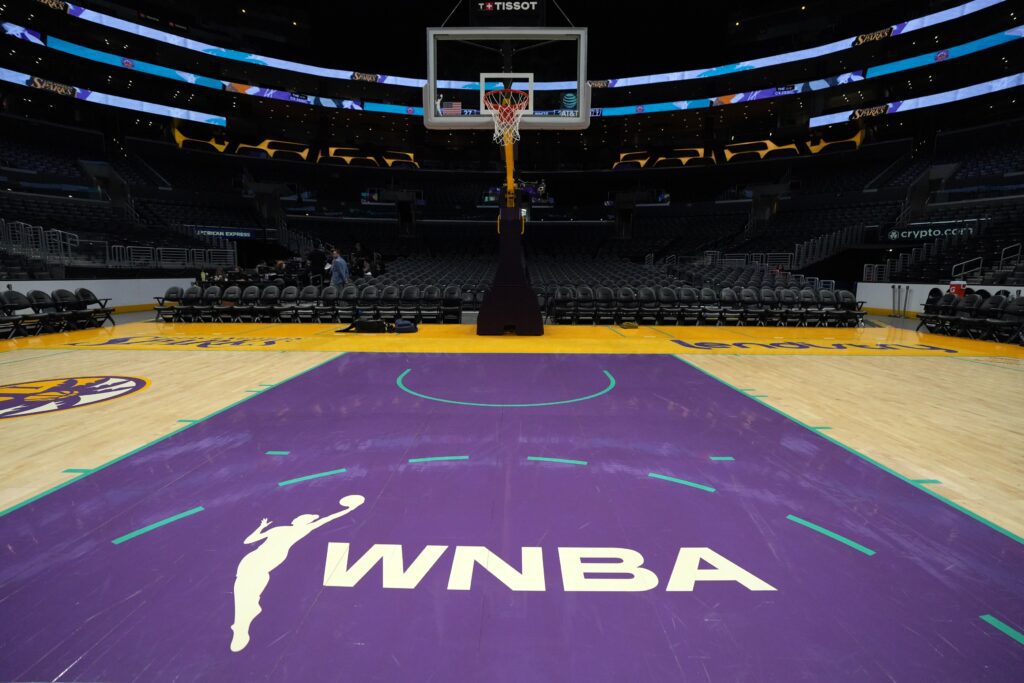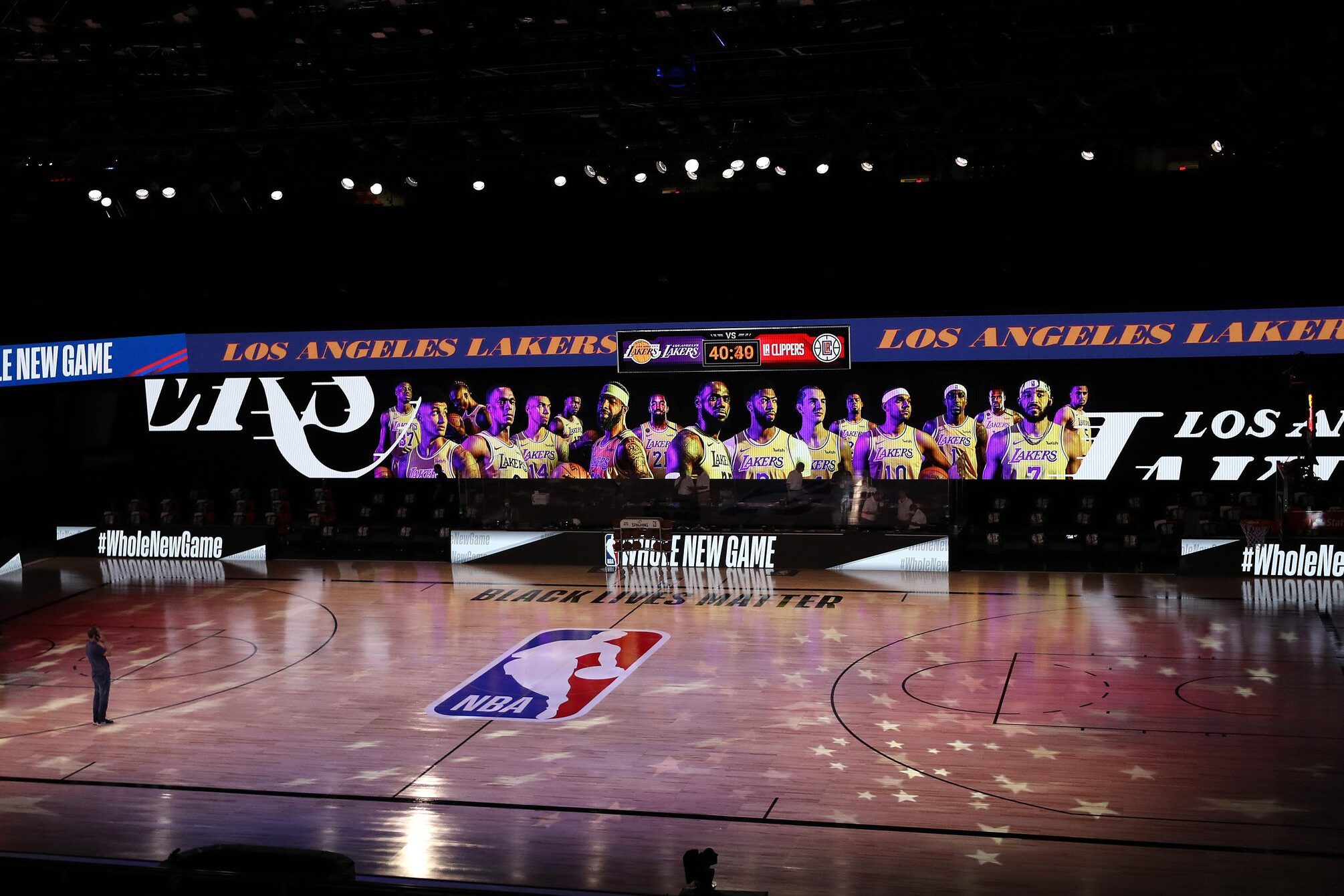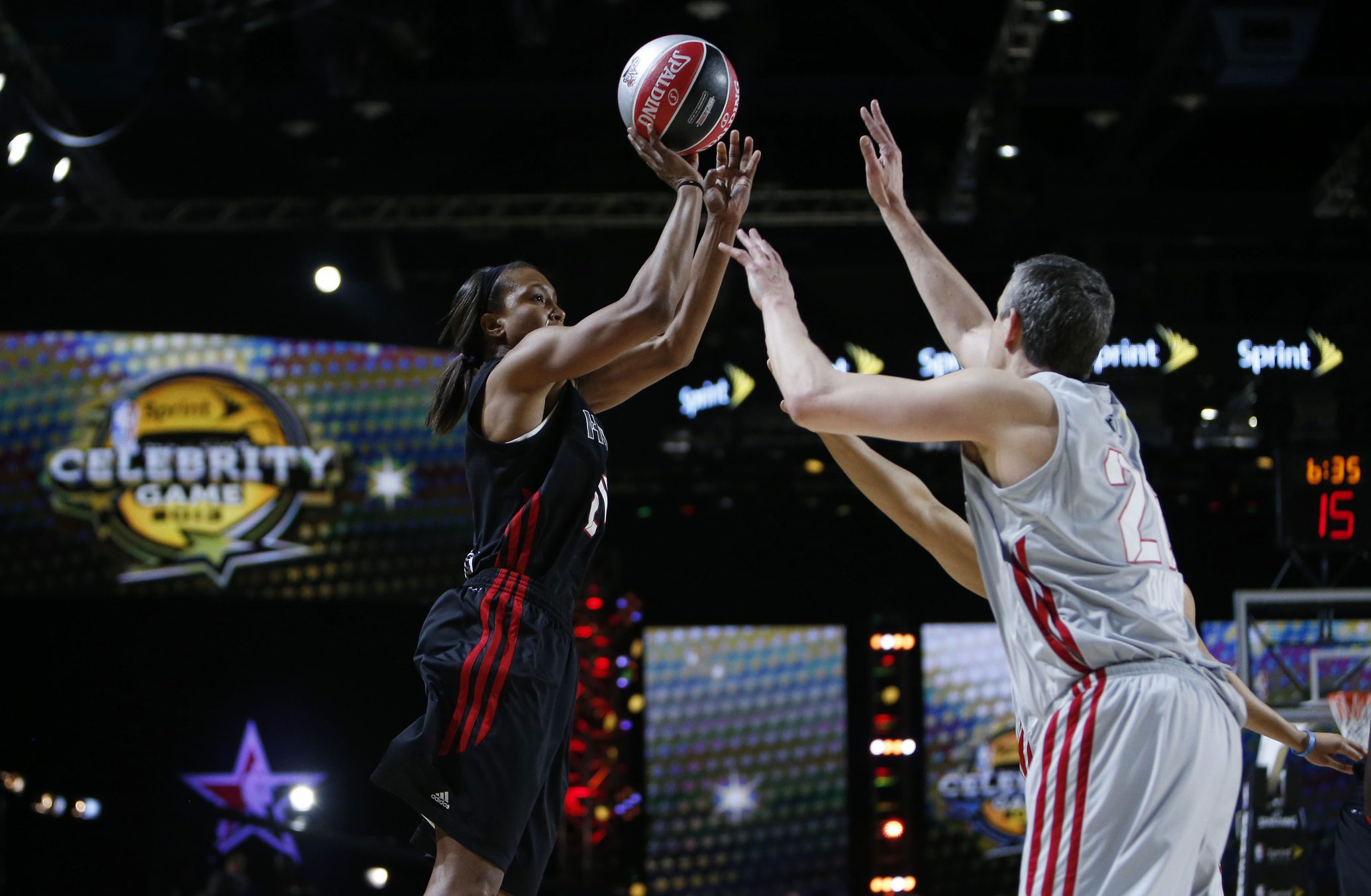In the realm of professional basketball, two leagues stand at the forefront: the National Basketball Association (NBA) and the Women’s National Basketball Association (WNBA). While both showcase elite basketball talent, their marketing strategies and viewership numbers tell vastly different stories. This article delves into the contrasting approaches of these leagues and examines the factors contributing to their disparate levels of success.
Let’s See What the NBA and WNBA Marketing Showdown is All About!
The NBA, established in 1946, has grown into a global powerhouse, captivating audiences worldwide with its star-studded roster and high-flying action. In contrast, the WNBA, founded in 1996, has faced an uphill battle in gaining widespread recognition and support despite featuring some of the most skilled female athletes in the world.
Marketing Strategies
Star Power and Player Promotion: One of the most significant differences between the two leagues lies in their marketing strategies. The NBA has mastered the art of player promotion, turning its athletes into household names and global icons. Players like LeBron James, Stephen Curry, and Kevin Durant have become brands in their own right, transcending the sport and attracting fans through their on-court prowess and off-court personalities. The league leverages social media, endorsement deals, and international exhibitions to maintain a year-round presence in the public eye.
WNBA’s Struggle for Recognition: The WNBA, on the other hand, has struggled to create the same level of individual player recognition. While stars like Diana Taurasi, Sue Bird, and Candace Parker have achieved notable success, they haven’t reached the same level of mainstream fame as their male counterparts. The league has made strides in recent years to promote its players more aggressively, partnering with major brands and increasing social media engagement. However, the disparity in marketing budgets between the two leagues remains a significant hurdle.
Seasonal Timing: Another crucial aspect of marketing strategy is the timing of the seasons. The NBA season runs from October to June, capturing prime-time slots during the fall and winter months when television viewership is traditionally higher. The WNBA, in contrast, plays its season from May to September, competing with summer activities and other major sports events for audience attention.
Viewership Comparison: The difference in viewership numbers between the two leagues is stark. According to Nielsen ratings, the 2022 NBA Finals averaged 12.4 million viewers per game, while the 2022 WNBA Finals averaged 555,000 viewers per game. This vast disparity can be attributed to several factors, including the longer history and established fan base of the NBA, greater media coverage, and higher production values in broadcasts.
WNBA’s Growth: However, it’s important to note that the WNBA has been making steady progress in increasing its viewership. The 2022 season saw a 16% increase in viewership compared to the previous year, with several regular-season games drawing over 1 million viewers. This growth suggests that the league’s efforts to enhance its marketing and visibility are beginning to pay off.


Social Advocacy
WNBA’s Strong Stance: One area where the WNBA has excelled is in its advocacy for social justice causes. The league and its players have been at the forefront of movements for racial equality and LGBTQ+ rights, which has resonated strongly with younger, socially conscious audiences. This approach has helped the WNBA cultivate a dedicated and passionate fan base, even if it hasn’t translated to mainstream viewership numbers comparable to the NBA.
NBA’s Recent Embrace: The NBA has also embraced social causes, particularly in recent years, but the WNBA’s long-standing commitment to these issues has become a core part of its identity and marketing strategy. This difference in approach highlights how the two leagues have tailored their branding to their respective audiences and values.
Media Deals and Financial Disparities: Another significant factor in the viewership disparity is the difference in media deals. The NBA’s current media rights deal, signed in 2014, is worth $24 billion over nine years. This enormous influx of money allows for extensive marketing campaigns, high-quality broadcasts, and substantial player salaries that attract top talent. The WNBA’s media rights deal, while growing, is substantially smaller, limiting the league’s ability to market itself and its players on the same scale.
WNBA’s Innovative Approaches: Despite these challenges, the WNBA has been innovative in its approach to increasing visibility. The league has experimented with new formats, such as the Commissioner’s Cup, to create additional excitement and engagement throughout the season. It has also focused on digital platforms and streaming services to reach younger audiences who may not consume traditional television broadcasts.
Comparison to Other Emerging Leagues: The comparison between the NBA and WNBA bears some similarities to the relationship between the NBA and the Premier Lacrosse League (PLL). Both the WNBA and PLL face the challenge of establishing themselves in a sports landscape dominated by more established leagues. However, like the PLL, the WNBA has shown that innovative marketing strategies and a strong commitment to core values can help build a dedicated fan base and drive growth.
End Game
Looking to the future, both leagues face unique challenges and opportunities. The NBA must continue to innovate to maintain its global appeal and navigate the changing landscape of media consumption. The WNBA, while still working to increase its viewership and revenue, has shown remarkable resilience and growth potential. As societal attitudes towards women’s sports continue to evolve, and as the league refines its marketing strategies, there is reason to believe that the gap in viewership and popularity between the two leagues may narrow.
While the NBA and WNBA share the sport of basketball, their marketing strategies and viewership numbers reflect the different realities they face. The NBA’s established dominance and global reach contrast sharply with the WNBA’s struggle for recognition and support. However, the WNBA’s recent growth and innovative approaches suggest a promising future. As both leagues continue to evolve, they offer valuable lessons in sports marketing, brand building, and the ongoing quest for equality in professional athletics.









